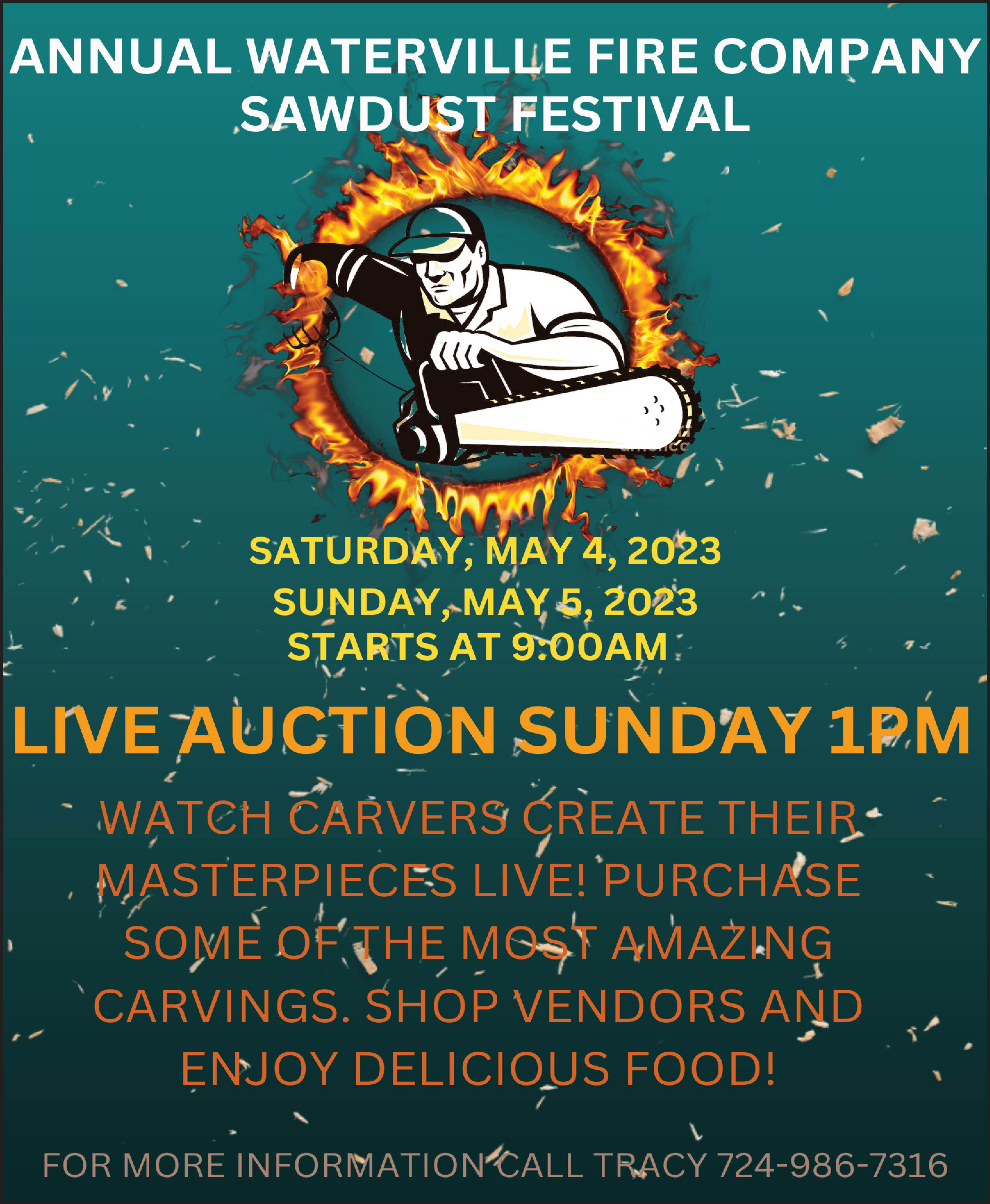Over the years, I have had the privilege of hunting in every one of our 50 states and, in doing so, have discovered something that all of the lower 48 continuous states have in common. Coyotes. Yes, during the spring gobbler hunting seasons, I have seen, heard, or have seen the tracks or scat of coyotes in virtually every one of these states.
They are everywhere. I have no doubt that the same thing could be said of every county in the state of Pennsylvania. Their numbers are stable, and they simply are not going anywhere anytime soon.
If we, as hunters and conservationists, are concerned at all about the future of any of our game birds or animals, then we need to take a serious look at doing our part in helping to control or reduce the coyote densities that exist in our area. A day of hiking throughout your favorite hunting locations after a freshly fallen snow will reveal the stark reality that coyotes are busy every day hunting the very same tracts of land that you spend time hunting.
These lean, mean hunting machines spend hours covering miles of trails and logging roads, usually in the cover of darkness, day in and day out, in pursuit of whatever food they can come across. They will often focus on mice in fields and chipmunks in wooded areas but will not hesitate to take a turkey or deer if the opportunity arises. They are a prime predator of newly born fawns which are most susceptible in the first few weeks of their life.
These next few months, particularly when there is snow on the ground, provide an excellent opportunity to hunt coyotes. They usually need to travel greater distances to find food and spend more time throughout the day doing so.
Particularly when they are hungry, they are often more responsive to calling, and while daytime calling can work, waiting until the hours of darkness will usually be more effective.
Asking a landowner for permission to hunt coyotes or other predators on his land is often met with a positive response. It might also open the door to permission to hunt other game at a later date. Make sure you contact him prior to hunting so that he knows you will be on the property, particularly if you are hunting at night.
In the early days of coyote calling, a rabbit in distress call was certainly the most popular and was very effective as well.
A fawn in distress call is equally effective. While both of these are easily produced with a handheld mouth call, the introduction of electronic callers has opened up a limitless array of sounds that will lure a wily coyote within gun range. Caution should be used so as to not overcall, which is a usual tendency with either handheld or electronic callers.
There is a series of coyote vocalizations that has been proving to be highly effective and is very well presented when using an electronic call such as the ones produced by the Pennsylvania Company FOXPRO. This is a 3-part sequence of sounds.
The first sound is a short sequence of just two or three male coyote howls, followed by several minutes of silence. You may want to monitor this period of silence as it is sometimes difficult to judge unless you are actually timing it, and it is a critical step. Repeat two or three male howls and follow them with another period of silence. Be alert to any movement in the distance, but do not be concerned if there is none. This call is made to alert any nearby coyote, not necessarily bring him running.
The second sound is a female coyote yodel (all of these sounds are available on the FOXPRO electronic callers). Emit two or three minutes of the female yodel call, then allow several minutes of silence, followed by a second period of two to three minutes of the yodel. If you are calling from an open field area, these first two sound sequences can be done in a high-volume setting. You are trying to get a coyote’s attention. If you are in a woods setting, you might reduce the volume somewhat.
The third and final sound is the “clincher.” It is the coyote pup in distress sound, played at a lower volume, and played continuously. This call, presented at the lower volume, can be run for five to ten minutes. That is usually enough time for any interested coyote to cover the distance and present a shot opportunity.
Setting up and calling coyotes is not effective every single time, but when it does happen, it is extremely exciting, and you can feel good about helping reduce the predation in your favorite hunting haunts.



